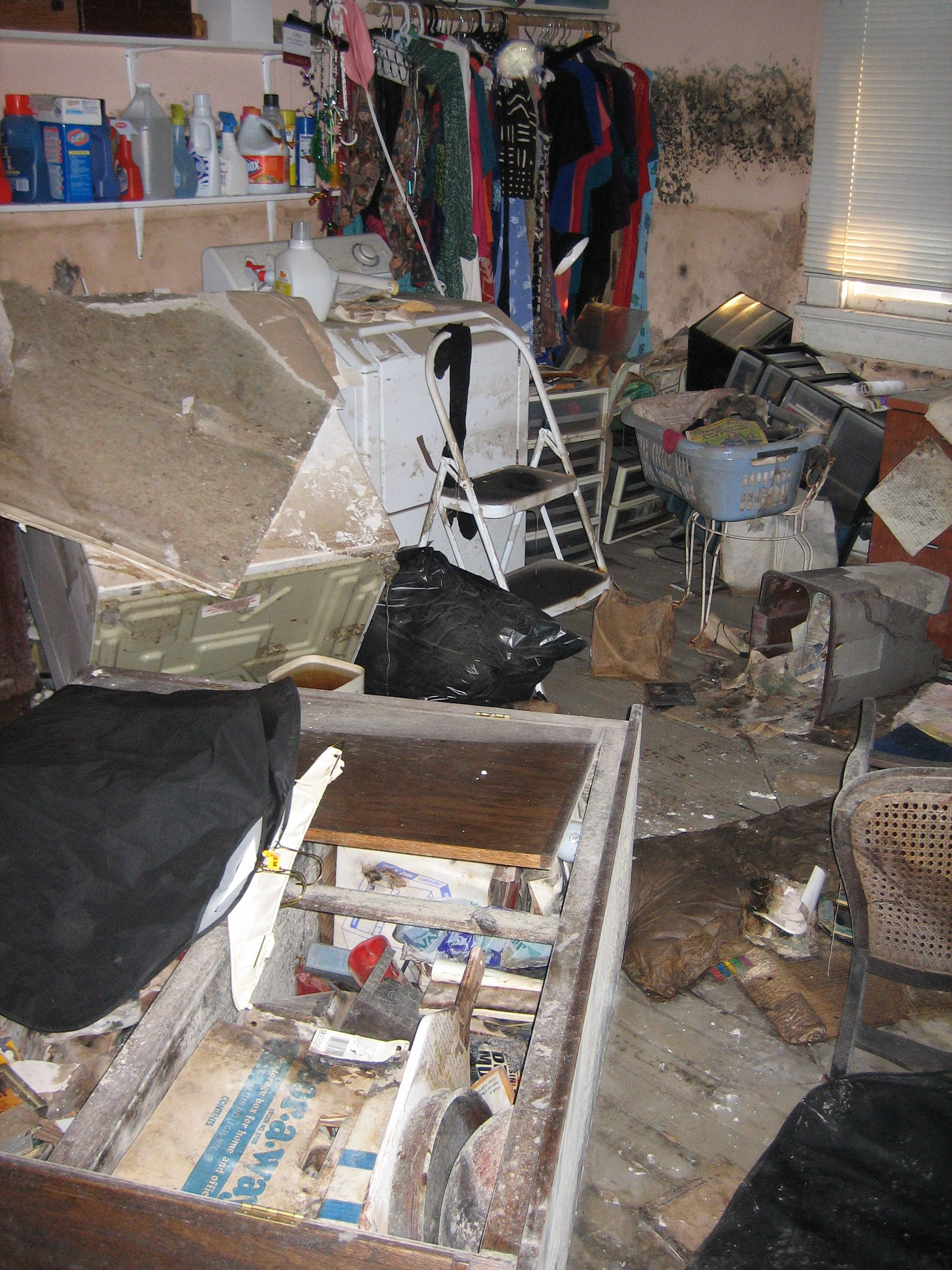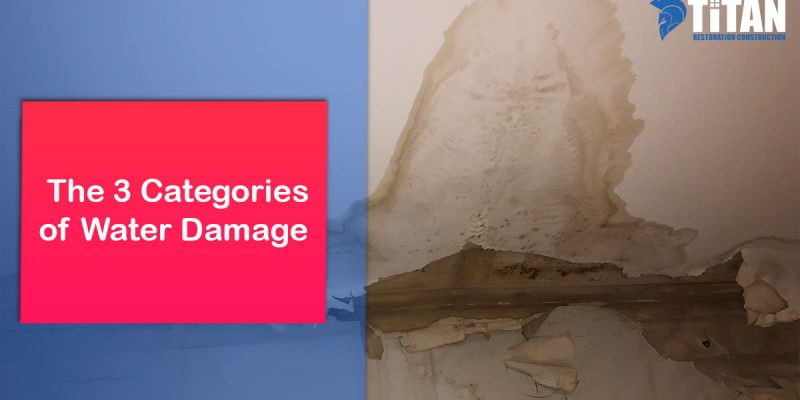Emergency Water Leak Repair to Prevent Further Property Destruction
Emergency Water Leak Repair to Prevent Further Property Destruction
Blog Article
The Refine of Water Damages Cleanup: Ensuring Your Home Is Restored Successfully
Water damage can be a daunting difficulty for home owners, necessitating a thorough and structured clean-up procedure to restore security and capability. damage restoration services. Following this, effective water extraction strategies play a critical duty in mitigating further damage.
Assessing the Damage
Upon uncovering water damages, the very first step is to completely assess the degree of the influence. This first examination is critical, as it aids establish the necessary steps for reliable cleanup and restoration. Begin by inspecting the affected areas, consisting of wall surfaces, ceilings, floorings, and individual valuables, to determine the source of the water intrusion, whether from flooding, leaks, or condensation.
Recording the damages is crucial for both insurance cases and intending repair efforts - damage restoration services. Use photographs and written notes to record the extent of the damages, noting any damaged architectural aspects and materials. Pay special focus to locations that might not be promptly noticeable, such as behind wall surfaces and under carpetings, as concealed dampness can lead to further difficulties, consisting of mold and mildew growth
In addition, analyze the timeline of the water exposure. The longer the materials continue to be wet, the higher the possibility for damages. Understanding the duration of exposure will inform the seriousness of remediation initiatives. Eventually, a detailed analysis lays the foundation for a successful water damages cleaning procedure, guaranteeing that all affected areas are addressed effectively and extensively.
Water Removal Techniques

Specialists usually utilize completely submersible pumps for bigger quantities of water, which can quickly ease flooding in cellars or various other influenced locations. For smaller quantities, wet/dry vacuums are commonly utilized to remove residual moisture from carpets and difficult surfaces. Furthermore, utilizing mobile extractors enables targeted elimination in constrained rooms or locations with fragile products.
In circumstances of infected water, such as sewer or floodwater, progressed removal strategies might entail making use of biohazard devices to make sure safety and security and conformity with health and wellness laws. High-powered removal devices are crucial in minimizing water retention in structural products, which can bring about mold growth and structural degeneration otherwise attended to without delay.
Inevitably, the efficiency of water extraction techniques plays a pivotal role in the total success of the water damages clean-up process, laying the groundwork for succeeding repair initiatives.
Drying and Dehumidification
When standing water has been effectively extracted, the following critical stage in the water damages clean-up procedure is drying and dehumidification. This step is necessary to protect against further damage and mold growth, which can happen within 24 to two days in damp atmospheres.
To achieve effective drying out, customized devices such as industrial-grade air movers and dehumidifiers is used. Air movers flow air throughout wet surfaces, boosting dissipation rates, while dehumidifiers lower moisture levels airborne, promoting a conducive setting for drying. The combination of these devices makes certain that wetness is attracted out from floors, home furnishings, and wall surfaces, permitting them to dry extensively.
It is necessary to keep track of the drying out process carefully. Professionals usually use dampness meters this hyperlink to evaluate the wetness content in different products, guaranteeing that all influenced areas reach appropriate dry skin degrees. This precise technique aids to stop surprise moisture pockets that might bring about structural damages or unhealthy mold and mildew development.

Cleaning and Disinfecting
After the drying and dehumidification phase is total, the following important action in water damage clean-up is cleaning up and sterilizing the influenced areas. This procedure is crucial to stop the development of mold, germs, and other virus that prosper in wet settings.
The cleansing stage usually includes eliminating any type of debris, dirt, and contaminants from surface areas making use of specialized cleaning up agents. For hard surfaces, a mix of soap and water or business cleansing items is typically used. Soft products, such as upholstery and rugs, may need much more comprehensive cleansing approaches, consisting of vapor cleansing or deep removal methods, to guarantee extensive sanitation.

Sanitizing adheres to cleaning, utilizing EPA-approved anti-bacterials to eliminate harmful microbes. This step is essential, specifically in areas that might have entered into contact with floodwaters or sewer, as these sources can pose severe health and wellness risks.
In addition, it is essential to resolve any type of remaining smells, which may call for using smell neutralizers or sophisticated techniques like ozone therapy. Proper cleansing and sanitizing not only recover the security and hygiene of your home however also prepared for successful repair and repair services in subsequent phases of the water damage cleaning process.
Repair and Fixings

When the evaluation is complete, repair initiatives can begin. Furthermore, flooring might call for similar interest, depending on the level of water exposure.
It is essential to engage experienced remediation experts during this procedure, as they have the knowledge to deal with complex fixings successfully. Additionally, they can help mitigate possible future problems, such as mold development or structural instability, thus ensuring a safe and habitable living atmosphere. Inevitably, efficient restoration and fixings restore the home's honesty and enhance its total value.
Final Thought
To conclude, the process of water damages clean-up is important for recovering a home to its pre-damage problem. Each phase, from top article examining the damage to implementing reliable water restoration classes water extraction strategies, complied with by detailed drying out, sterilizing, and required fixings, plays a crucial duty in guaranteeing safety and conformity with structure requirements. Reliable execution of these steps not only mitigates prompt damage but also enhances the long-term integrity and worth of the building.
Water damages can be a daunting obstacle for home owners, requiring a organized and thorough cleaning procedure to recover security and performance. Eventually, an extensive assessment lays the groundwork for an effective water damages cleanup procedure, ensuring that all affected locations are dealt with properly and extensively.
Reliable water removal techniques are vital in alleviating damages and preventing further issues complying with a water intrusion occasion.In verdict, the process of water damage cleaning is essential for bring back a home to its pre-damage condition. Each phase, from assessing the damage to executing reliable water extraction strategies, complied with by comprehensive drying, sterilizing, and needed fixings, plays a crucial function in ensuring security and compliance with building criteria.
Report this page